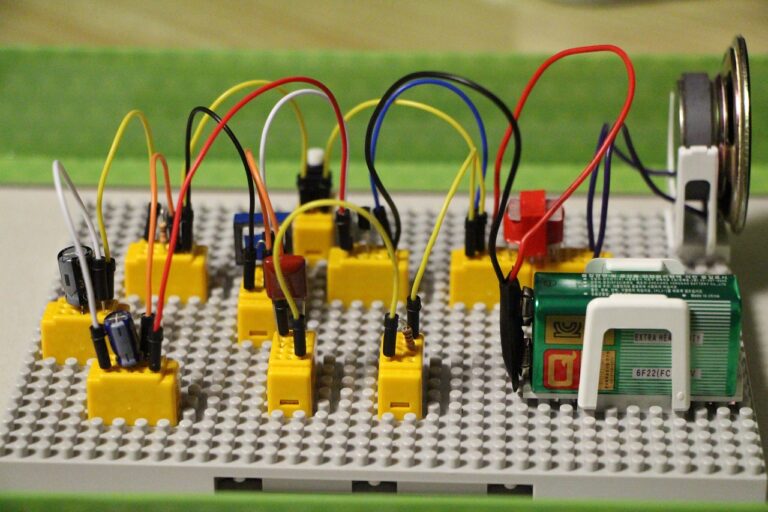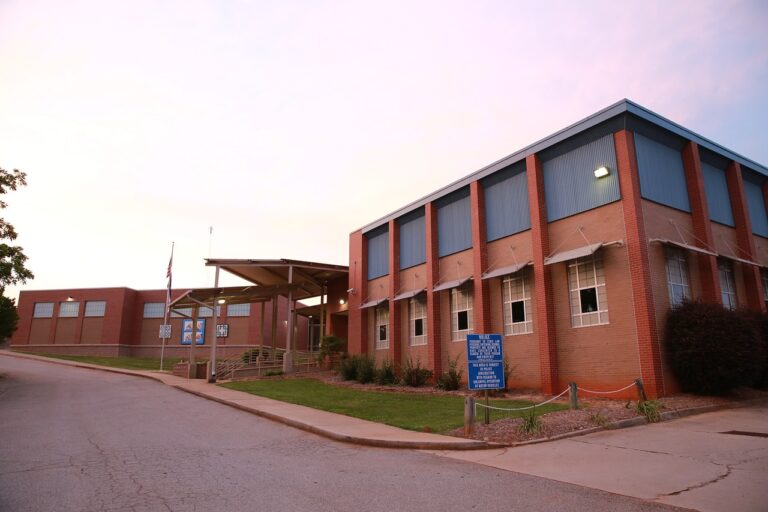Creating Effective Professional Learning Communities
Professional learning communities are characterized by shared values and goals within a group of educators. Collaboration is a fundamental element, as teachers work together to analyze student data and instructional practices to improve student learning outcomes. This collective responsibility fosters a culture of continuous growth and development.
Another key element is a focus on student learning, where educators prioritize the needs of their students above all else. This involves using evidence-based practices and strategies to support student achievement. By working collaboratively and keeping the focus on student learning, professional learning communities create a supportive environment that nurtures both educators and students.
Benefits of Professional Learning Communities
Professional Learning Communities offer numerous benefits to educators and students alike. By providing a platform for collaboration and shared expertise, teachers can enhance their instructional practices and develop new strategies to meet the diverse needs of their students. This collaborative approach fosters a culture of continuous learning and improvement within the school community.
Furthermore, Professional Learning Communities promote a sense of collective responsibility among educators towards the success of all students. Through ongoing dialogue and reflection on data and student outcomes, teachers can make informed decisions to support the academic growth and well-being of each learner. This shared commitment to student achievement ultimately leads to a more supportive and dynamic learning environment within the school.
What are the key elements of a Professional Learning Community?
The key elements of a Professional Learning Community include shared vision and goals, collaborative culture, collective responsibility, reflective dialogue, and continuous improvement.
How can Professional Learning Communities benefit educators?
Professional Learning Communities can benefit educators by providing opportunities for collaboration, improving instructional practices, increasing student achievement, and fostering a culture of continuous growth and learning.
How do Professional Learning Communities promote a culture of collaboration?
Professional Learning Communities promote a culture of collaboration by encouraging educators to work together, share resources and expertise, and engage in ongoing dialogue to improve teaching and learning.
What role does leadership play in a Professional Learning Community?
Leadership plays a crucial role in a Professional Learning Community by facilitating collaboration, setting goals, providing support and resources, and promoting a culture of continuous improvement and growth.
How can educators implement Professional Learning Communities in their schools or organizations?
Educators can implement Professional Learning Communities by establishing shared goals and vision, creating structures for collaboration, providing time and resources for professional development, and fostering a culture of reflection and improvement.





